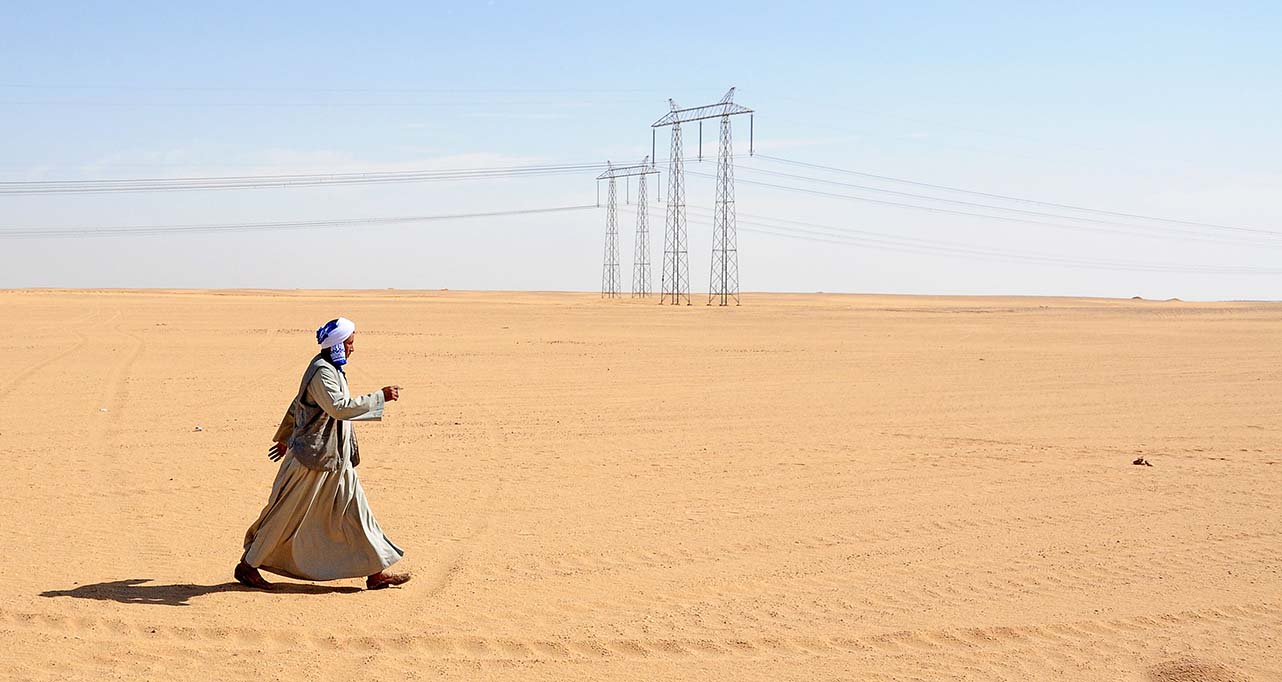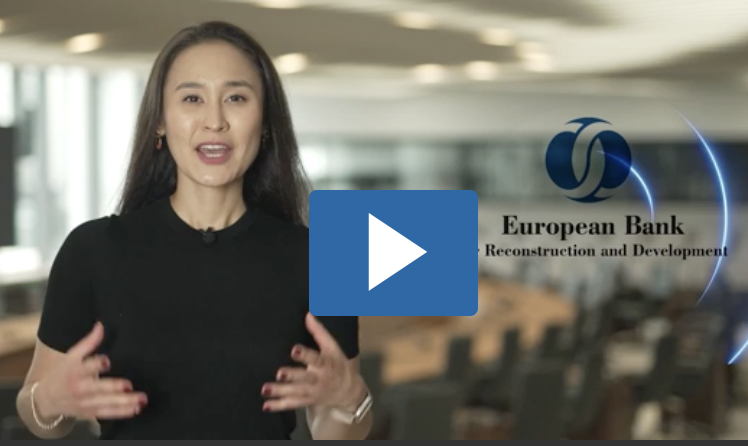Publication
Transition Report
Reform progress and transition indicators
Who we are
Overview: about the EBRDWho we are
Overview: about the EBRD
Learn about the EBRD's journey to investing more than €210 billion in over 7,500 projects.
What we do
Overview: how the EBRD operatesWhat we do
Overview: how the EBRD operates
Through projects, business services and involvement in high-level policy reform, we're doing more than ever before.
Work with us
Overview: how you can work with the EBRDWork with us
Overview: how you can work with the EBRD
We draw on three decades of regional knowledge and financial expertise to tailor our products and approaches to each client's needs.
May, 2025

By Cevat Giray Aksoy, Nicholas Bloom, Steven Davis, Victoria Marino and Cem Özgüzel
We study the shift to fully remote work at a large call center in Türkiye, highlighting three findings. First, fully remote work increased the share of women, including married women, rural and smaller-town residents. By accessing groups with traditionally lower labor-force participation the firm was able to increase its share of graduate employees by 14% without raising wages. Second, workforce productivity rose by 10%, reflecting shorter call durations for remote employees. This was facilitated by a quieter home working environment, avoiding the background noise in the office. Third, fully remote employees with initial in-person training saw higher long-run remote productivity and lower attrition rates. This underscores the advantages of initial in-person onboarding for fully remote employees.
All Working Papers
The Working Paper series seeks to stimulate debate on transition in the EBRD regions.
For media enquiries related to this working paper, please contact Ksenia Yakustidi, Media Adviser at the EBRD’s Office of the Chief Economist
YakustiK@ebrd.com
